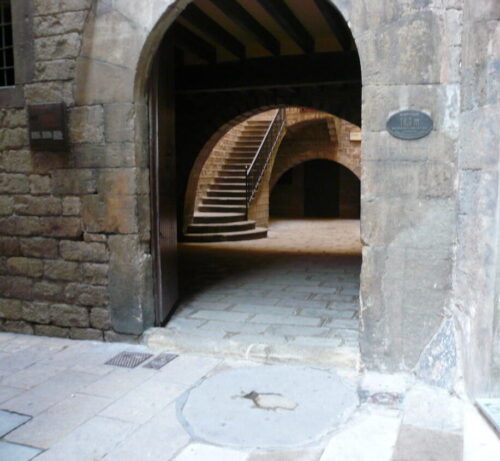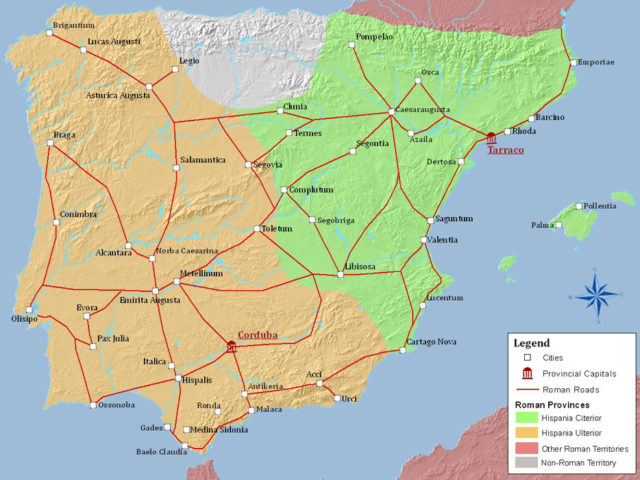Birth

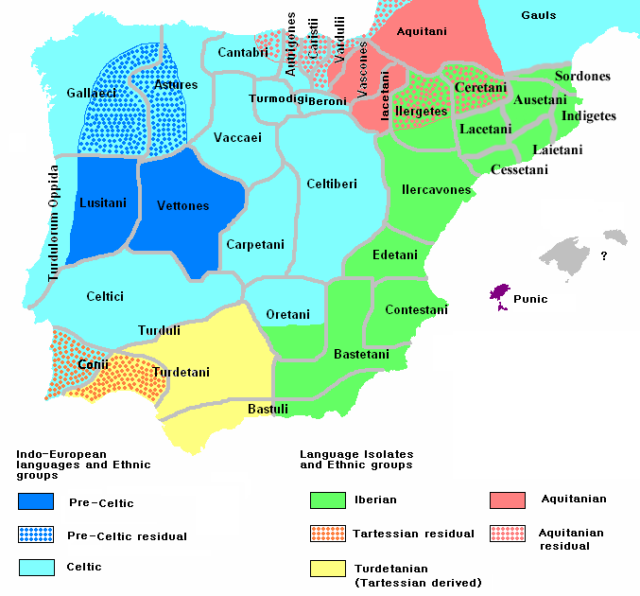
The wider area of Barcelona has revealed archaeological traces that go back to the Neolithic Era. What is known today as Catalonia (Catalunya / Cataluña) was inhabited by several different tribes with the tribe of Laietani occupying the Barcelona plain.
Carthaginians & Greeks had also a presence in the wider coastal area since the 6th century BC. The Iberians occupying the plain were devoted to agriculture like growing olive trees, vines & cereals, keeping an active trade in these products, an activity that seems to have led to the first road along the coast, the Via Heraclea (Hannibal’s way) which was later renamed into Via Augusta.
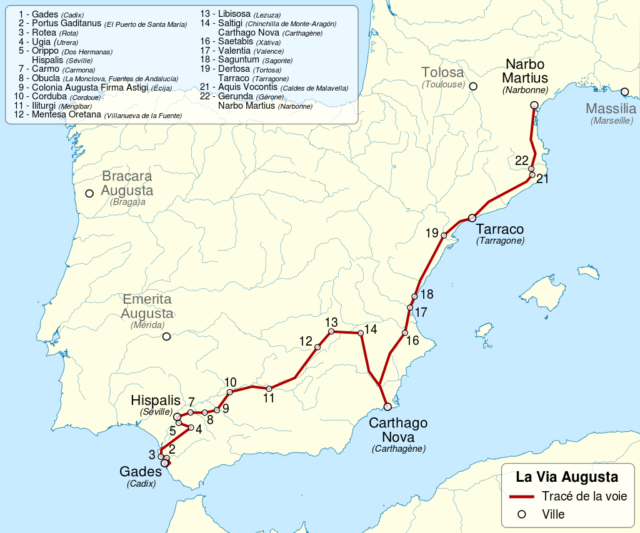

At the start of the Second Punic War (218 BC– 201 BC) the Carthaginian troops under the leadership of Hamilcar Barca, father of the renowned Hannibal advanced further to the north occupying the area. Up until that point, the natural border to the Carthaginian territory had been River Ebro, 150 km to the south of today’s Barcelona.
Despite the resemblance between the name of the Carthaginian general & the current name of the city, it is today believed that the name of the city is derived from the name of the Iberian village Barkeno found in ancient coin inscriptions in Iberian script.
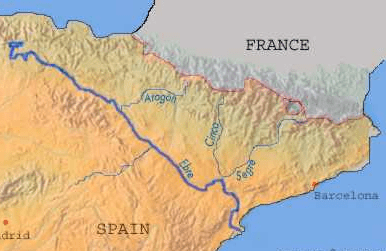
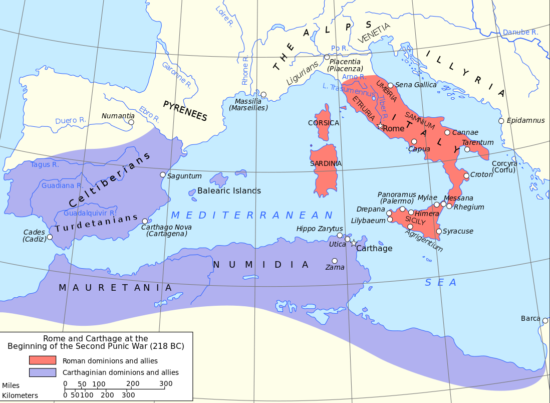
Hannibal’s successful advances in the Italian hinterland didn’t manage to win the war for the Carthaginians who were forced to abandon the Iberian peninsula altogether after 206 BC.
Operating as a bountiful supply region of silver and manpower as well as a springboard for land invasions into Italy for the Carthaginians, made the matter of the establishment of their power in Iberia a priority for the Romans who started a long period of colonization & wars with the local tribes that would last for almost two centuries.
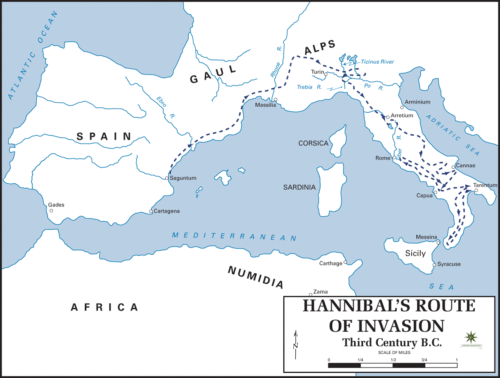
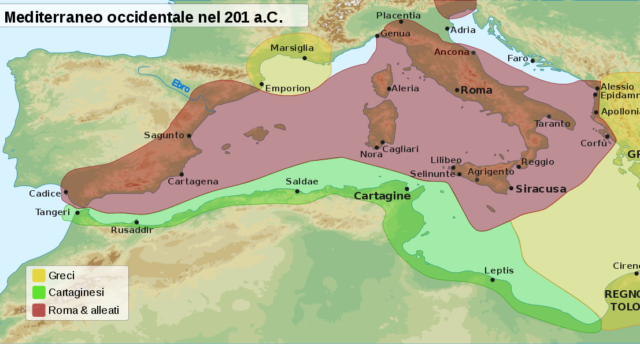
The Northeastern part of the Iberian Peninsula was among the first to be completely Romanized, a process that would be typically completed under Emperor Augustus around and after 19 BC.
Around 15 BC the Romans founded a town as a Roman military camp on the Mons Taber, a little hill near the location of the contemporary City Hall. The Casa de la Ciutat in Plaça de Sant Jaume . The town was colonized by a group of Roman citizens & veterans of the Cantabrian Wars that had just finished. The name of the town was Colonia Augusta Faventia Barcino.
